Movies Super 8 Filme Role Visual artist | Name Helio Oiticica Known for Painting and sculpture Siblings Cesar Oiticica | |
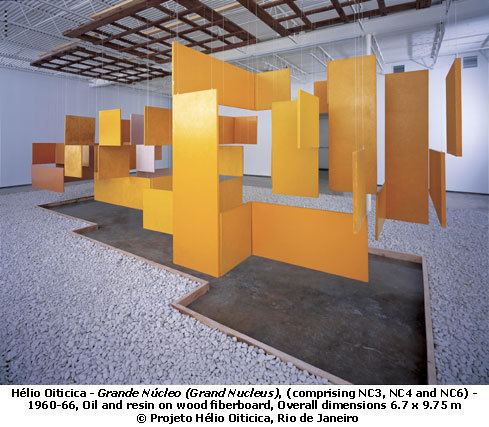 | ||
Notable work Metaesquemas, Bilaterals, Spatial Reliefs, Inventions, Bolides, Parangoles, Penetrables, Tropicalia, Eden Died March 22, 1980, Rio de Janeiro, Brazil Artwork Box Bolide 12, \'archeologic\', Neoconcrete Relief Similar People Lygia Clark, Jean‑Paul Sartre, Mari Carmen Ramirez, Susanne Gaensheimer | ||
Inhotim helio oiticica penetr vel magic square no 5 de luxe 1977 roda da moda
Hélio Oiticica ([ˈε.lju ɔj.tʃi.ˈsi.ka]; July 26, 1937 – March 22, 1980) was a Brazilian visual artist, best known for his participation in the Neo-Concrete Movement, for his innovative use of color, and for what he later termed "environmental art", which included Parangolés and Penetrables, like the famous Tropicália.
Contents
- Inhotim helio oiticica penetr vel magic square no 5 de luxe 1977 roda da moda
- Diverso helio oiticica parte 1
- Early work
- International recognition and later work
- Death
- Legacy
- Exhibition with others
- Selected works
- H lio oiticica propositions 19 july 5 october
- References
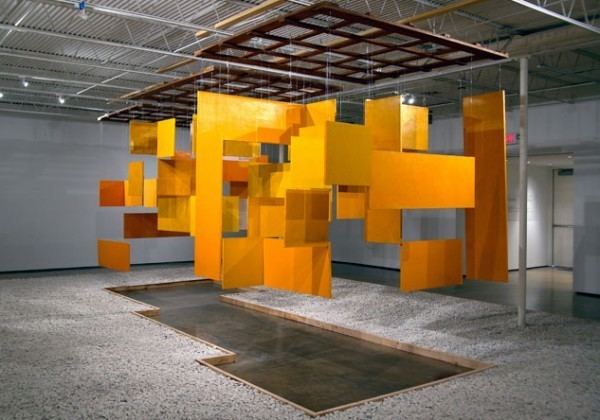
Diverso helio oiticica parte 1
Early work

Oiticica's early works, in the mid-1950s, were greatly influenced by European modern art movements, principally Concrete art and De Stijl. He was a member of Grupo Frente, founded by Ivan Serpa, under whom he had studied painting. His early paintings used a palette of strong, bright primary and secondary colours and geometric shapes influenced by artists such as Piet Mondrian, Paul Klee and Kazimir Malevich. Oiticica's painting quickly gave way to a much warmer and more subtle palette of oranges, yellows, reds and browns which he maintained, with some exceptions, for the rest of his life.

In 1959, he became involved in the short-lived but influential Neo-Concrete Movement with the artists Amílcar de Castro, Lygia Clark, Lygia Pape, Franz Weissmann and poet Ferreira Gullar. The Neo-Concrete Movement rejected the objective nature of Concrete Art and sought to use phenomenology to create art that "expresses complex human realities." Neo-Concretism focused creating an awareness within the spectator of his or her spatial relationship with the artwork. The artworks themselves became akin to living organism rather than static forms; they were made to interact with viewers. The group disbanded in 1961. Clark and Oiticica transitioned into Conceptual Art dealing with ideas of the human body and culture. Oiticica was specifically interested in what creates culture.
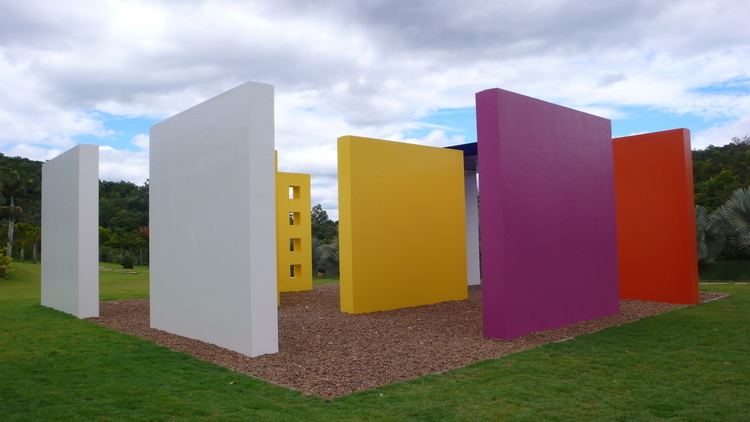
During Oiticica’s Neo-Concrete period, Oiticica sought to “escape the constraints of painting while remaining in dialogue with it” by utilizing color in new ways. He painted monochromes entitled Invencoes (Inventions) in 1959. These small square wooden plaques (30 x 30 cm) were not made to represent light rather Oiticica sought to embody it. Oiticica questioned traditional ideas of aesthetics and art practices by considering the spectator and ideas of real space in his work.
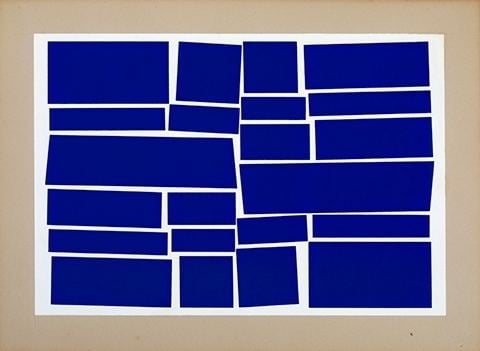
Colour became a key subject of Oiticica's work and he experimented with paintings and hanging wooden sculptures with subtle (sometimes barely perceptible) differences in colour within or between the sections. The hanging sculptures gradually grew in scale and later works consisted on many hanging sections forming the overall work, as a spatial development of his first experiments with painting.
International recognition and later work

In the 1960s, he produced a series of small box shaped interactive sculptures called Bólides (fireballs) which had panels and doors which viewers could move and explore. Throughout the 1960s and 1970s he made installations called penetráveis (penetrables) which viewers could step into and interact with. The most influential of these was Tropicália (1967) which gave its name to the Tropicalismo movement. He also created works called Parangolés which consisted layers of fabric, plastic and matting intended to be worn like costumes but experienced as mobile sculptures. The first parangolés experiences were made together with dancers from the Mangueira Samba school, where Oiticica was also a participant.
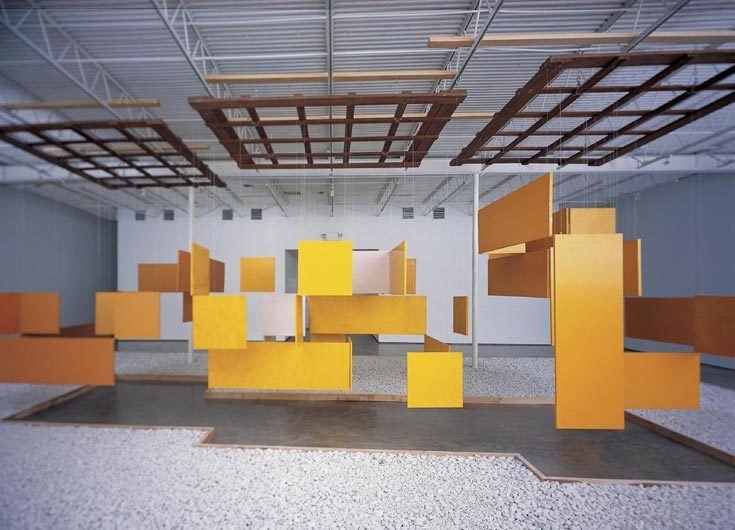
In the 1970s, Oiticica increasingly devoted himself to writing and frequently corresponded with several important intellectuals, artists and writers both in Brazil and abroad, including Haroldo de Campos, Augusto de Campos, Silviano Santiago and Waly Salomão.
In 1965 he participated in the exhibition “Soundings two” at Signals gallery London, with Albers, Brancusi, Lygia Clark, and Duchamp among others. In 1969 he produced an individual exhibition at Whitechapel Art Gallery, London, curated by Guy Brett. Oiticica named the exhibition the “Whitechapel experience”. In the same year he was resident artist at Sussex University, Brighton. In 1970 he participated in the exhibition "Information" at the Museum of Modern Art in New York City.
Death
After having spent time in London and New York, he returned to Rio de Janeiro where he died in 1980 of a stroke as a result of hypertension.
Legacy
In 2006, the Museum of Fine Arts in Houston staged a major exhibition of Oiticica's work that later traveled to the Tate Modern gallery in London.
On October 19, 2009, a fire destroyed an undetermined amount of the works by the artist. The collection was held at the residence of his brother César Oiticica in the neighborhood of Jardim Botânico, Rio de Janeiro. In addition to paintings and the famous "Parangolés", the artist's archive material including drawings, notes, documentaries and books were stored in the collection. The fire took three hours to bring under control. Key works such as Bólides and Parangolés, including some shown at the 2007 Tate retrospective, were damaged. The cause of the fire is unknown. The building was equipped with fire alarms and other safety systems. Jandira Feghali, Secretary of Culture in Rio de Janeiro, called for an investigation into the causes of the fire and whether any works can be recovered. The works were stored in César Oiticica's house following a dispute over money and the adequacy of storage facilities at the Centro Municipal de Arte Hélio Oiticica. The works were uninsured.
Hélio Oiticica: To Organize Delirium was organized by the Art Institute of Chicago; Carnegie Museum of Art, Pittsburgh; and the Whitney Museum of American Art, New York. The project was on display at the Art Institute of Chicago February 18, 2017 - May 7, 2017.
